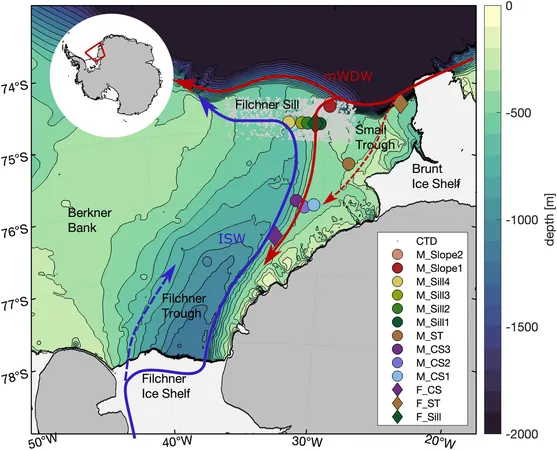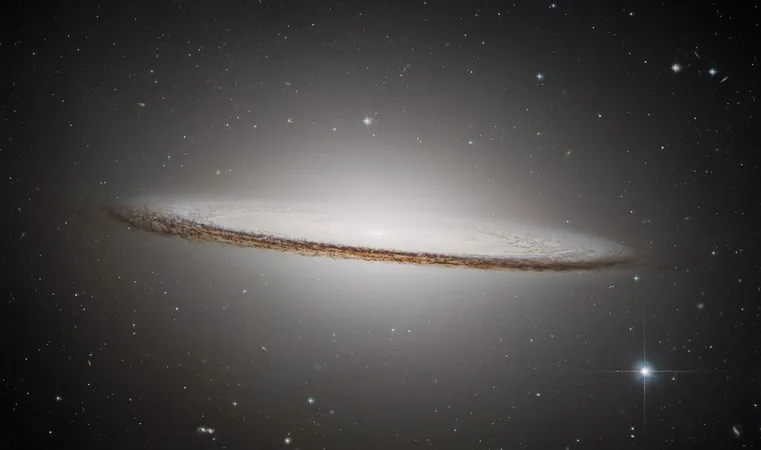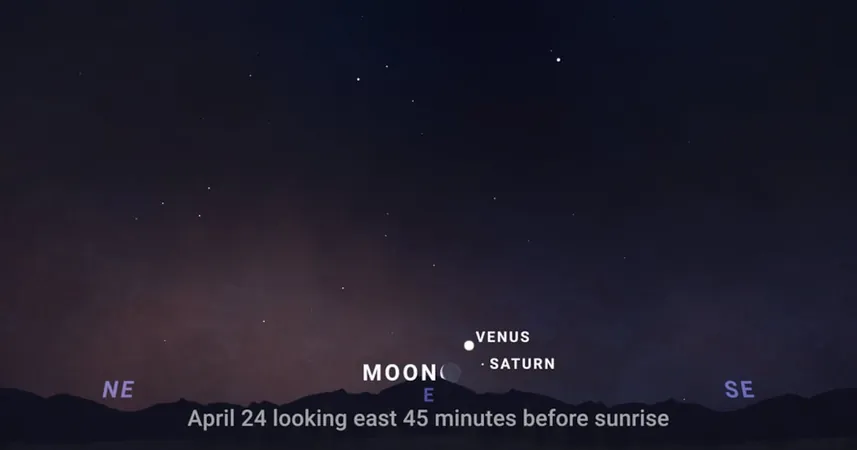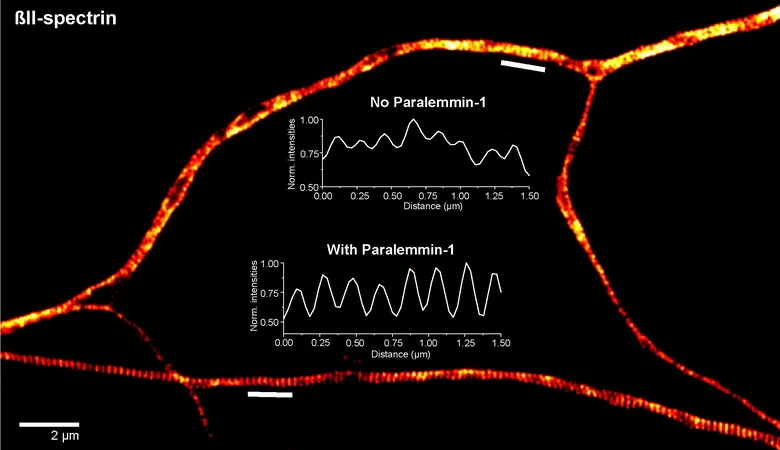
Urgent Alarm: Warm Seawater Threatens Major Antarctic Ice Shelf, Sparking Sea Level Fears
2025-01-08
Author: Benjamin
Overview of the Antarctic Ice Sheet
The Antarctic Ice Sheet is a colossal reservoir, containing over half of the planet’s freshwater. Spanning several regions across the continent, the ice extends over the ocean, creating extensive floating ice shelves. Recent observations indicate alarming trends: many of these ice shelves are thinning as they melt from below, which poses serious risks to ocean dynamics, global sea levels, and the climate of our planet.
Current Status of the Filchner-Ronne Ice Shelf
Currently, the Filchner-Ronne Ice Shelf — one of the largest ice formations in Antarctica, covering the expanse of the Weddell Sea — seems relatively stable. This stability is attributed to the presence of near-freezing currents that circulate over the continental shelf beneath the ice. However, a worrying prediction from climate models suggests that changing ocean currents may soon introduce warmer water to this critical area.
Research Findings from Recent Study
To better understand the future of the Filchner-Ronne Ice Shelf, researcher Steiger conducted an analysis of water temperature and velocity data collected over four years, from 2017 to 2021. This crucial data was obtained from sensors strategically placed on the seafloor and through subsurface floats near the ice shelf. Their findings, recently published in the Journal of Geophysical Research: Oceans, underscore the urgent need to monitor these conditions closely.
Comparative Analysis of Warm Water Influx
Previous studies have established that during the summer months, relatively warm seawater from the mid-level ocean rises to the continental shelf and flows along the undersea Filchner Trough towards the ice shelf’s edge. However, much of the past research has been limited by either focusing on single-site observations or just one year of data.
Summer Patterns and Implications
The recent study revealed that the summertime inflow of warmer water is not confined to the Filchner Trough alone; it also occurs along a lesser-known, smaller trough to the east. The significance of these pathways varies annually, with years that experience warmer temperatures seeing more rapid flows across the continental shelf.
Concerns from Recent Climate Conditions
Particularly alarming were the summers of 2017 and 2018, which were marked by both unusual warm water influxes and exceptionally low levels of floating sea ice. The researchers highlighted a concerning correlation: reduced ice cover may significantly disrupt ocean dynamics, allowing warmer waters to rise more easily and intensify their encroachment on the continental shelf.
Historical Context of Warm Water Contact
While it remains uncertain whether the warm water flows of 2017 and 2018 reached the edge of the Filchner-Ronne Ice Shelf, there have been observed instances, such as in the summer of 2013, where warmer waters did make contact with the ice. This earlier interaction was linked with shifts in wind patterns, highlighting the complexity of factors driving these changes.
Call to Action for Continued Monitoring
As we continue to monitor these developments, the escalating relationship between climate change and ocean currents could yield dramatic shifts in our global climate system. This situation demands immediate attention, as the potential for rising sea levels from melting Antarctic ice poses a significant threat to coastal communities worldwide. Scientists are calling for ongoing observations to investigate the exact mechanisms at play, as every fraction of warming presents further challenges for the already fragile ice shelves of Antarctica.
Conclusion and Next Steps
Stay tuned for more updates on this evolving crisis—our planet's future hangs in the balance!









 Brasil (PT)
Brasil (PT)
 Canada (EN)
Canada (EN)
 Chile (ES)
Chile (ES)
 Česko (CS)
Česko (CS)
 대한민국 (KO)
대한민국 (KO)
 España (ES)
España (ES)
 France (FR)
France (FR)
 Hong Kong (EN)
Hong Kong (EN)
 Italia (IT)
Italia (IT)
 日本 (JA)
日本 (JA)
 Magyarország (HU)
Magyarország (HU)
 Norge (NO)
Norge (NO)
 Polska (PL)
Polska (PL)
 Schweiz (DE)
Schweiz (DE)
 Singapore (EN)
Singapore (EN)
 Sverige (SV)
Sverige (SV)
 Suomi (FI)
Suomi (FI)
 Türkiye (TR)
Türkiye (TR)
 الإمارات العربية المتحدة (AR)
الإمارات العربية المتحدة (AR)